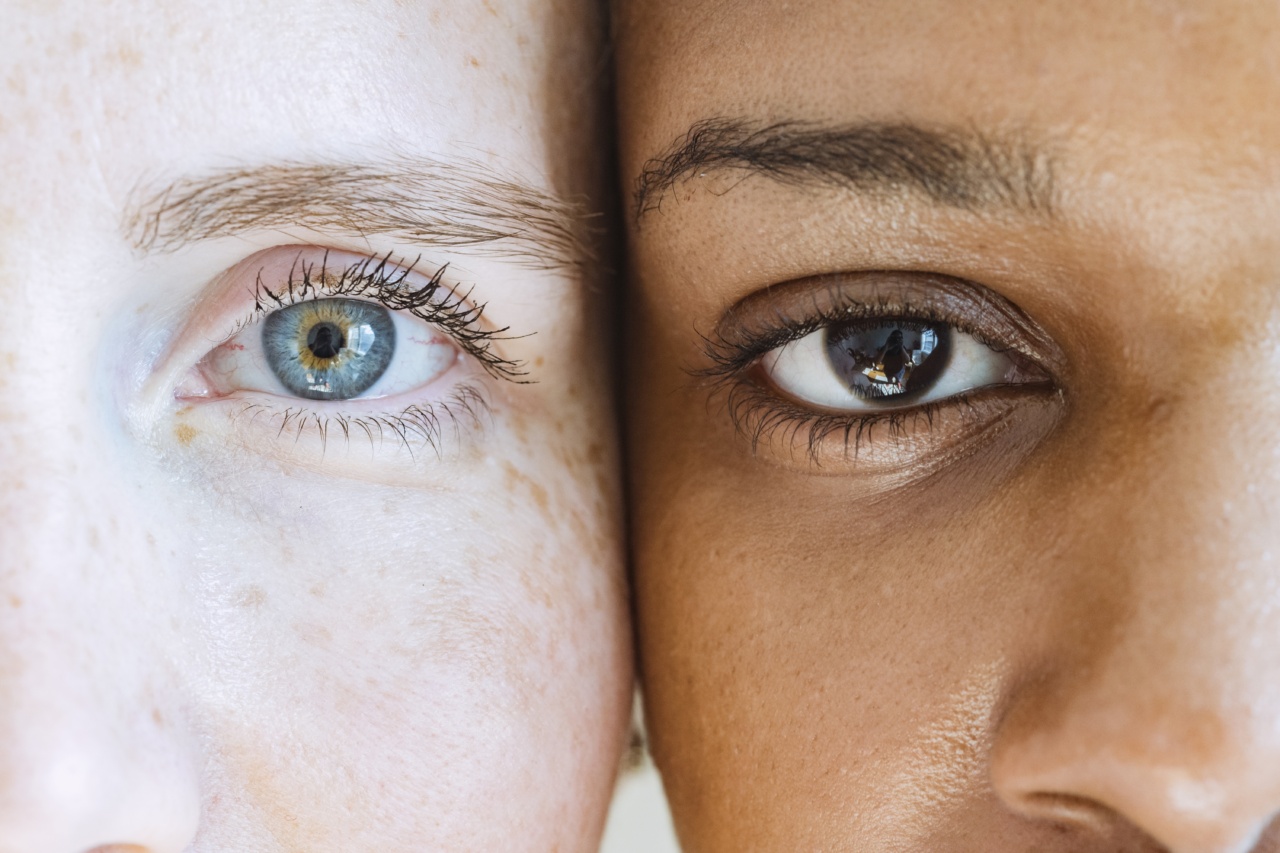Eyes are one of the most vital and sensitive organs in the human body. They play a crucial role in our daily lives, allowing us to perceive the world around us.
Unfortunately, they are also prone to various diseases that can affect our vision and overall eye health. In this article, we will explore and understand the different types of eye diseases, their causes, symptoms, and potential treatment options.
1. Cataracts
Cataracts are one of the most common eye conditions, especially among older adults. They occur when the natural lens inside the eye becomes cloudy and opaque, leading to blurred vision and difficulty in seeing fine details.
Aging, prolonged exposure to sunlight, smoking, and certain medical conditions like diabetes can increase the risk of developing cataracts.
2. Glaucoma
Glaucoma is a group of eye diseases that damage the optic nerve, often due to increased pressure within the eye. It is a leading cause of irreversible blindness worldwide.
The most common type is called open-angle glaucoma, which progresses slowly and may go unnoticed until significant vision loss occurs. Regular eye examinations can detect glaucoma at an early stage when effective treatments are available.
3. Age-Related Macular Degeneration (AMD)
Age-related macular degeneration affects the macula, a tiny area in the center of the retina responsible for sharp, central vision. AMD is a leading cause of vision loss among older adults.
There are two main types of AMD: dry AMD, which involves the gradual breakdown of the macula, and wet AMD, characterized by abnormal blood vessel growth beneath the macula. Early detection and treatment can help slow down the progression of AMD.
4. Diabetic Retinopathy
Diabetic retinopathy is a complication of diabetes that affects the blood vessels in the retina. High blood sugar levels can cause damage to the blood vessels, leading to leakage, swelling, and abnormal growth.
Over time, this condition can result in vision impairment or even blindness. Strict control of blood sugar levels and regular eye examinations are crucial for individuals with diabetes.
5. Retinal Detachment
Retinal detachment occurs when the retina (the light-sensitive layer at the back of the eye) separates from its supporting tissues. This can happen due to aging, trauma, underlying eye diseases, or high levels of nearsightedness.
Retinal detachment is a medical emergency and requires immediate attention to prevent permanent vision loss. Symptoms may include sudden flashes of light, floaters, and a curtain-like shadow over the visual field.
6. Dry Eye Syndrome
Dry eye syndrome is a common condition that occurs when the eyes do not produce enough tears or when the tears evaporate too quickly.
It can be caused by factors such as aging, hormonal changes, certain medications, environmental factors, or underlying medical conditions. Symptoms may include a stinging sensation, redness, itchiness, blurred vision, and a gritty feeling in the eyes. Artificial tears, lifestyle modifications, and medications can alleviate the discomfort associated with dry eyes.
7. Conjunctivitis
Conjunctivitis, commonly known as pink eye, is an inflammation of the conjunctiva (the thin, clear tissue that covers the white part of the eye and lines the inner surface of the eyelids).
It can be caused by allergies, viral or bacterial infections, or irritants like smoke and chemicals. Symptoms include redness, itching, watering, discharge, and sensitivity to light. Depending on the cause, conjunctivitis can be contagious; proper hygiene practices and timely treatment can prevent its spread.
8. Blepharitis
Blepharitis is an inflammation of the eyelids, typically affecting the eyelash hair follicles and the oil glands along the eyelid margins. It is commonly caused by bacteria or skin conditions like dandruff or rosacea.
Symptoms include redness, itching, swelling, crusting, and a gritty sensation in the eyes. Warm compresses, eyelid hygiene, and antibiotics (if bacterial) are among the standard treatments for blepharitis.
9. Color Blindness
Color blindness, also known as color vision deficiency, is an inherited condition that affects the perception of colors.
It is more common in males than females and can range from a mild difficulty in distinguishing certain colors to the complete inability to see colors. While there is no cure for color blindness, various assistive technologies are available to help colorblind individuals navigate the world.
10. Keratoconus
Keratoconus is a progressive eye condition in which the cornea thins and bulges into a cone shape. This irregular shape affects the way light enters the eye, causing distorted vision.
The exact cause of keratoconus is unknown, but factors such as genetics and chronic eye rubbing may play a role. Treatment options include specialized contact lenses, corneal cross-linking, and in severe cases, corneal transplantation.





























